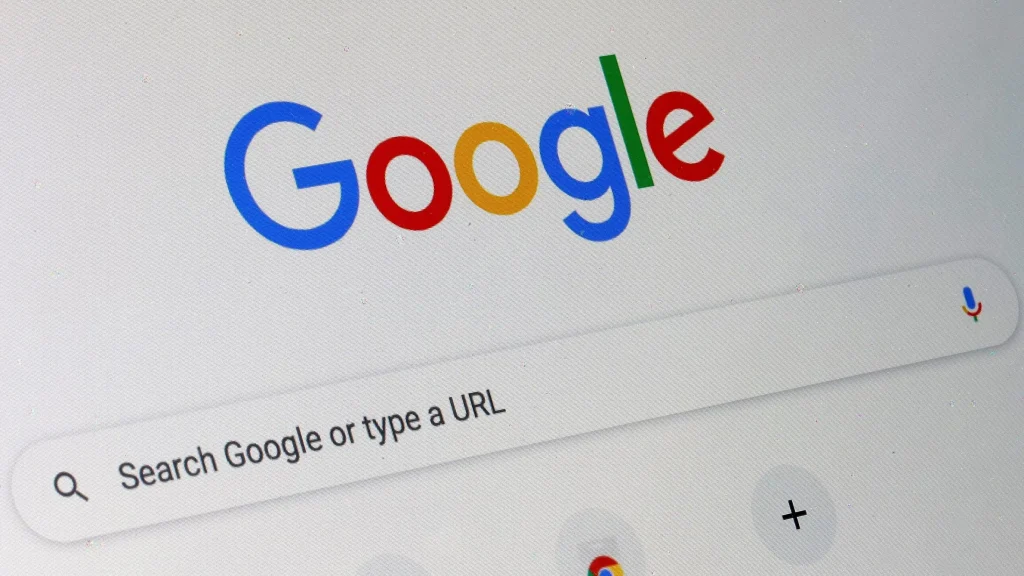The flagship smartphone market is once again at the center of a heated competition, with three industry giants unveiling their latest high-end models. Samsung’s Galaxy S25 Ultra, Apple’s iPhone 16 Pro Max, and Google’s Pixel 9 Pro XL represent the pinnacle of smartphone engineering, each bringing its own strengths, innovations, and ecosystem advantages.
With cutting-edge designs, powerful processors, advanced AI capabilities, and top-tier cameras, these devices cater to different types of users. But which flagship stands out in terms of design, performance, AI integration, camera capabilities, and overall value? Let’s dive into the details and compare these premium smartphones to help you decide which one suits you best.
Design: Titanium vs. Aluminum and New Functional Additions
Samsung’s Galaxy S25 Ultra takes a fresh design approach with rounded titanium frames, making it more in line with mainstream smartphone aesthetics. Despite this shift, it retains signature features like the integrated S Pen and a 6.9-inch Dynamic AMOLED 2X display. Impressively, it is also the lightest of the three, weighing 217g, despite housing a quad-camera setup and stylus.
Apple’s iPhone 16 Pro Max refines its titanium build, offering thinner bezels and a 6.9-inch ProMotion XDR OLED display. A notable addition is the Camera Control button, an innovative but somewhat polarizing feature designed for hands-free camera operation. While it offers new functionality, it may take users some time to adjust.
Google’s Pixel 9 Pro XL is slightly smaller with a 6.8-inch AMOLED display and an aluminum frame, which, while durable, lacks the premium feel of its titanium-clad rivals. The Pixel maintains a minimalist design, but when it comes to build quality, Samsung and Apple have the upper hand with their more robust materials.
Display: Samsung Takes the Lead in Outdoor Visibility
Samsung’s 6.9-inch Dynamic AMOLED 2X display offers a QHD+ resolution, adaptive 1-120Hz refresh rate, and an industry-leading 2600 nits peak brightness, making it ideal for outdoor use. Additional features like Gorilla Armor 2 for durability and ProScaler technology for video upscaling further enhance the display experience.
Apple’s ProMotion XDR OLED panel is equally large at 6.9 inches, providing vibrant colors and smooth interactions. However, it lacks Samsung’s anti-reflective properties, meaning visibility under direct sunlight might not be as strong. The Dynamic Island remains a key feature, offering interactive controls.
Google’s 6.8-inch AMOLED screen boasts a 1344p resolution and a 120Hz refresh rate, delivering a solid visual experience. However, it lacks some of Samsung’s premium display enhancements, such as ProScaler and Gorilla Armor 2, making it less competitive in extreme lighting conditions.
Performance & Software: Samsung’s Snapdragon 8 Elite vs. Apple’s A18 Pro vs. Google’s Tensor G4
In terms of raw performance, the Galaxy S25 Ultra is the most powerful of the three, featuring Qualcomm’s Snapdragon 8 Elite, Samsung’s first 3nm chip. It boasts a 37% CPU boost and 40% faster NPU performance, excelling in gaming, multitasking, and AI-driven tasks. The device also features a 40% larger vapor chamber, ensuring superior thermal management. With 12GB RAM across all storage variants, the S25 Ultra promises seamless performance even under heavy loads.
Samsung’s One UI 7 (based on Android 15) introduces AI-powered features like Gemini-powered cross-app actions, the Now Brief daily summary, and Now Bar widgets.
Apple’s iPhone 16 Pro Max is powered by the A18 Pro chip, delivering industry-leading efficiency and speed. Although its 8GB RAM might seem modest compared to Samsung’s 12GB, Apple’s tight hardware-software integration ensures smooth performance. AI features such as Genmoji and Image Playground highlight Apple’s growing focus on AI-driven user experiences.
The iOS 18.2 update leans heavily into Apple Intelligence, with ChatGPT-integrated Siri and image-generation tools set to become even more advanced in upcoming updates.
Google’s Tensor G4 chip powers the Pixel 9 Pro XL, focusing more on AI optimization than raw power. While it excels in Google Assistant and photo processing, it struggles to match the gaming and heavy-task performance of Snapdragon 8 Elite or Apple’s A18 Pro.
The Pixel 9 Pro XL runs Android 15, featuring enhancements to Circle to Search and Google Assistant, but it feels somewhat overshadowed by the AI advancements from Samsung and Apple.
Camera: Samsung’s Quad Setup vs. Apple’s AI Enhancements vs. Google’s Computational Photography
The Galaxy S25 Ultra leads the way in camera versatility with a quad-camera setup, including:
- 200MP main sensor
- 50MP ultrawide lens
- 50MP telephoto (5x optical zoom)
- 10MP telephoto (3x optical zoom)
Samsung’s ProVisual Engine enhances image processing, reducing noise and motion blur. Video enthusiasts will also appreciate Galaxy Log and Audio Eraser, which provide professional-grade creative control.
Apple’s iPhone 16 Pro Max now features an upgraded 48MP ultrawide lens, alongside its 48MP main sensor and 12MP telephoto lens (5x optical zoom). Apple’s Photographic Styles allow more customization, while the Camera Control button adds convenience for photography enthusiasts.
Google’s Pixel 9 Pro XL remains a champion in computational photography, delivering stunning images with its triple-camera setup featuring a 50MP main sensor. While Google’s AI-driven image processing ensures top-tier quality, its hardware versatility is outmatched by the S25 Ultra’s quad-camera setup.
Battery & Charging: Google Offers the Largest Battery, But Samsung Holds Its Ground
The Galaxy S25 Ultra retains a 5,000mAh battery, paired with 45W wired and 15W wireless charging.
Apple’s iPhone 16 Pro Max features its largest battery yet at 4,685mAh, offering slightly faster real-world charging speeds than the S25 Ultra.
Google’s Pixel 9 Pro XL packs the largest battery of the three at 5,060mAh, with 37W wired charging and 23W wireless charging. While it holds the size advantage, Samsung’s battery optimizations ensure better longevity under heavy usage.
Verdict: Choosing the Best Flagship for You
Each flagship caters to different types of users.
- The Samsung Galaxy S25 Ultra is the most feature-packed powerhouse, excelling in performance, display technology, and camera versatility. It is the ideal choice for users who want cutting-edge hardware and all-round premium features.
- The iPhone 16 Pro Max is perfect for Apple loyalists, offering a polished software experience, strong AI capabilities, and a premium design. If you are deeply embedded in the Apple ecosystem, this is your best bet.
- The Pixel 9 Pro XL may not match the raw specs of its competitors, but it remains a software-first flagship with exceptional photography and AI-driven features. If Google’s ecosystem and computational photography are your priorities, this is the right choice.
Ultimately, the best flagship depends on your personal priorities—whether it’s Samsung’s all-around excellence, Apple’s premium ecosystem, or Google’s software-driven charm, each phone brings a compelling reason to be the flagship of choice in 2025.













